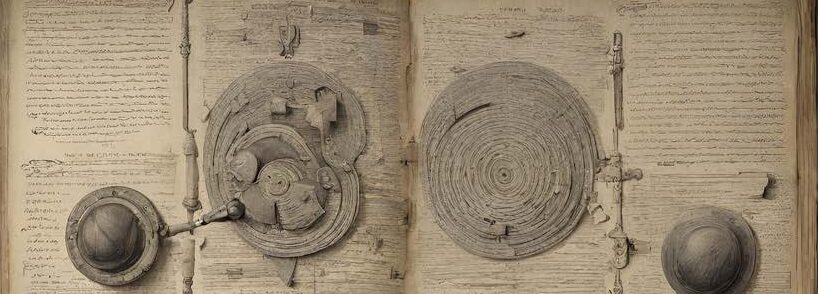Flashcards
The Role of Flashcards in Enhancing Writing and Learning;
Flashcards are powerful tools that have transformed from simple paper cards to modern digital formats, playing a crucial role in both learning and writing. Originally designed for memorization, their purpose has expanded to enhance education and stimulate creative writing. Whether in the traditional form of tangible paper or the contemporary realm of digital platforms, flashcards offer a dynamic and interactive experience. They not only aid in information retention but also serve as catalysts for creative ideas, making them essential for learners and writers seeking to bridge the gap between memorization and inspiration.
How to use Flashcards:
History and Development of Flashcards
The origins of flashcards trace back to the 19th century, originating as simple paper cards featuring concise information on one side and corresponding details or answers on the other. Initially utilized as mnemonic devices and tools for rote memorization, these early flashcards swiftly gained popularity in the field of education for their effectiveness in aiding students’ retention of information.
The evolution of flashcards parallels advancements in technology. Initially comprised of traditional paper and cards, flashcards transitioned into the digital realm with the advent of computers and tablets. This shift facilitated enhancements in learning and information retention through the introduction of digital flashcards. Today, an array of software platforms and dedicated flashcard apps cater to diverse learning needs, offering a technologically driven approach to education.
Examining flashcards as a technological tool requires an exploration of their materiality. Initially crafted from paper, the tactile nature of these cards served as a physical aid for memorization. However, the integration of technology has ushered in a new era for flashcards. Digital flashcards, often implemented through various software applications, leverage electronic platforms to provide interactive and dynamic learning experiences.
Functions and Uses of Flashcards;
A versatile tool that can be used to enhance learning and writing skills is the flashcard. Flashcards can be used to review vocabulary, grammar rules, and even writing prompts in the writing domain. They encourage active recall, which enhances the internalisation of linguistic norms by writers as well as vocabulary growth and creative stimulation.
For vocabulary building, students can create flashcards that have the definition, synonym, or usage of a word on one side and the word’s usage on the other. Grammar rule summaries are available on flashcards for convenient access. Since they can be used for idea organization and brainstorming, flashcards are an extremely helpful tool for improving the coherence and structure of writing.
Personal Commentary
The integration of flashcards into my writing routine has significantly improved my language proficiency and fostered creativity. Creating flashcards with new words encountered in my writing endeavors has proven beneficial, serving as both memory aids and inspirational catalysts for novel ideas. The dual-side flip aspect enhances utility by providing a dynamic and interactive learning process, reinforcing associations between words and details. This engagement cements information in my memory and ensures a comprehensive understanding. Flashcards have become a crucial component, contributing to the expansion of my vocabulary and serving as a readily accessible repository of writing tips and grammar rules. The dual-sided nature not only reinforces memory but also adds an interactive dimension to enhance the overall learning experience.
Conclusions
To sum up, flashcards are an important tool that have developed over time to assist with writing and learning processes. Flashcards can be very helpful in improving your writing skills, whether you’re a student trying to improve your essay writing or a professional trying to communicate more effectively. They are a vital component of the writer’s toolkit due to their adaptability and demonstrated efficacy.
References
- Sage, K., Krebs, B., & Grove, R. (2019). Flip, slide, or swipe? Learning outcomes from paper, computer, and tablet flashcards. Technology, Knowledge and Learning, 24, 461-482.
- Baleghizadeh, S., & Ashoori, A. (2011). The impact of two instructional techniques on EFL learners’ vocabulary knowledge: Flash cards versus word lists. Mextesol journal, 35(2), 1-9.
- PURBA, R. H. (2021). ELEVATING STUDENTS’WRITING SKILL BY USING PEER GROUP DISCUSSION AND DIGITAL FLASHCARDS AT SMA NEGERI 21 MEDAN IN ACADEMIC YEAR OF 2020-2021 (Doctoral dissertation, UMN AL-WASHLIYAH 21 PEND. BING 2021).
- Wikimedia Foundation. (2023, October 23). Flashcard. Wikipedia. https://en.wikipedia.org/wiki/Flashcard
- Dutta, A. (2021, August 16). Flashcards as a teaching tool. Evelyn Learning Systems. https://www.evelynlearning.com/flashcards-as-a-teaching-tool/



